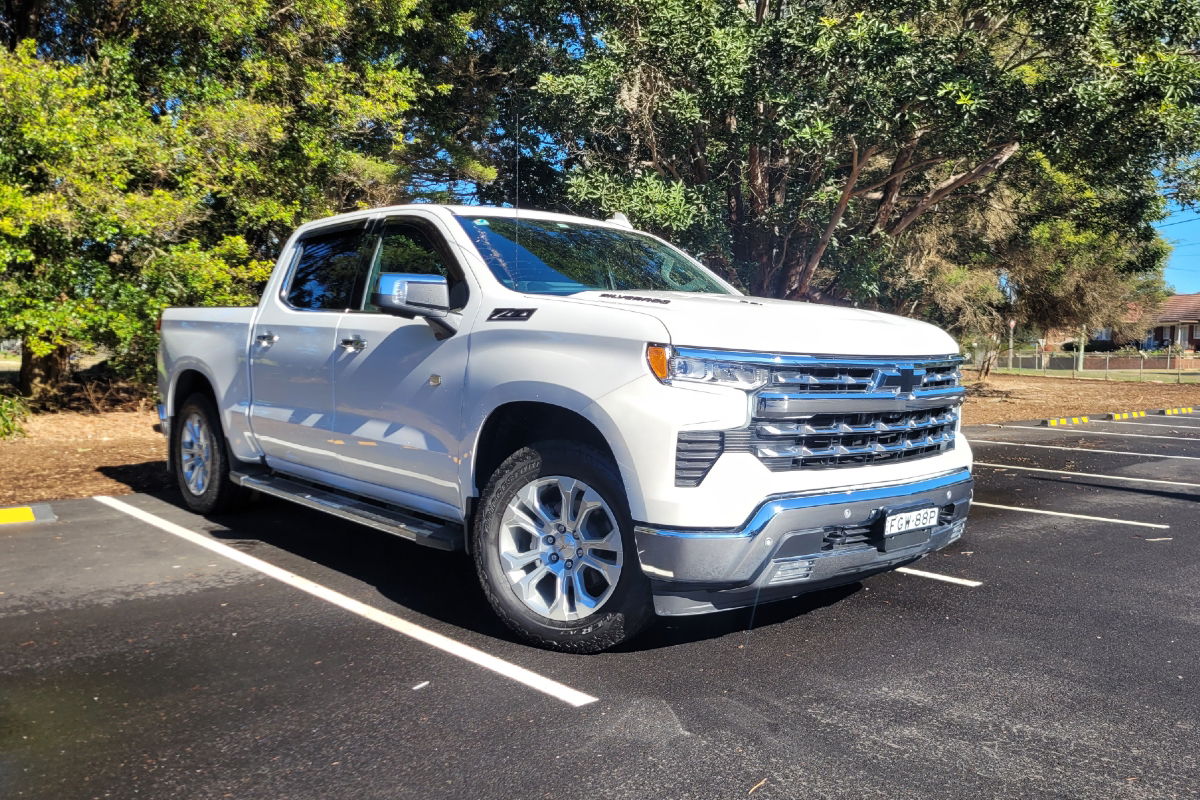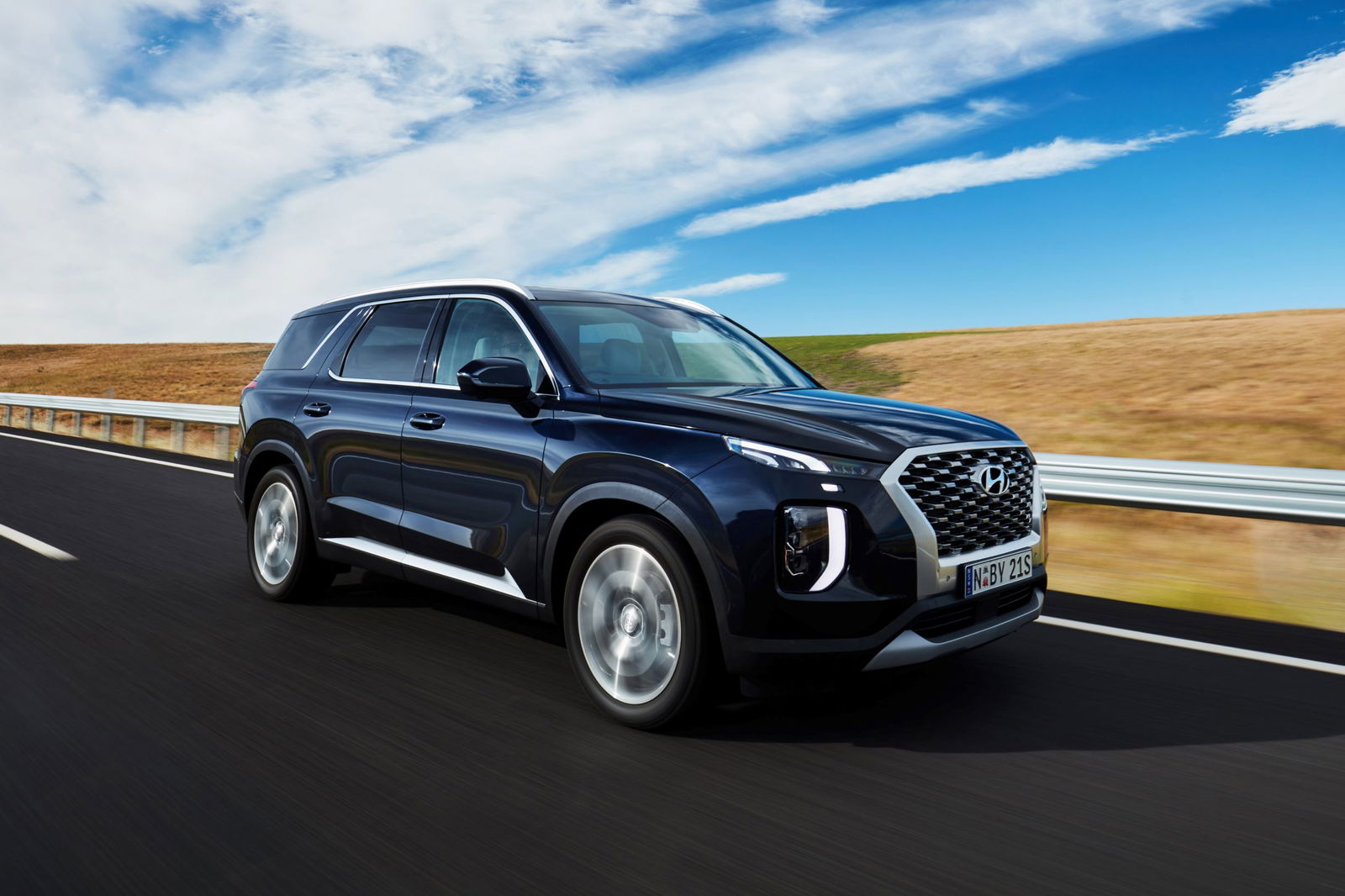
The United States government will introduce a 25 per cent tariff on all imported motor vehicles and parts starting tomorrow (April 2) – but what will that mean for Australians?
Well, in the short-term, the good news is it shouldn’t have much of an impact. The news is less good for American new car buyers, who will likely have the tariff passed on to them via higher new car prices.
But longer term, there is a real danger that this act, which is part of a wider trade war brewing between the USA and the rest of the world, could spark higher prices around the world. The USA accounted for only 30,000 new vehicle sales in Australia in 2024, out of the 1.2 million total, but buyers of those models which include certain BMWs, Hyundais, Fords, Chevrolets and others could be hit by any reciprocal tariffs Australia introduces.

US President Donald Trump has made it clear that his priority is to try and entice car manufacturing in the US, even if that makes life harder for US companies, including Ford and General Motors, that have plants in Canada and Mexico.
“The message is congratulations, if you make your car in the United States, you’re going to make a lot of money,” Trump said in a television interview. “If you don’t, you’re going to have to probably come to the United States, because if you make your car in the United States, there is no tariff.”
While the tariffs will benefit Tesla (owned by Trump’s high-profile financial support, Elon Musk) as well as General Motors, Ford and Stellantis, there are already several non-American brands that have manufacturing in the US. These include Toyota, Honda, Volkswagen, Nissan, Hyundai, Kia and BMW.
The challenge for these car makers, especially GM and Ford, is that the tariffs are due to include any components made or sources from overseas. This means a vehicle such as the Ford F-150, that is assembled in Detroit actually has a significant amount of components from Canada and the rest of the world, meaning it won’t be able to avoid the tariffs without a major change to Ford’s parts supply chain – which would also likely increase cost and drive up new car prices.

The globalisation of the car industry, with suppliers spread across the world where they can best take advantage of natural resources and market conditions, means it will be nearly impossible for the US to protect its own industry without a knock-on effect to the rest of the world.
Car makers may also choose to pivot away from the US for the foreseeable future and focus on other markets, such as Australia. We’ve already seen a version of this, with the previous US president Joe Biden placing a 100 per cent tariff on Chinese cars. Since then the Chinese car industry has made Australia a priority and has seen a flood of new brands enter our market, so Japanese, South Korean and European brands could use Australia to try and compensate for the US tariffs.
But only time will tell just how much these new tariffs impact the Australian new car market.











Discussion about this post